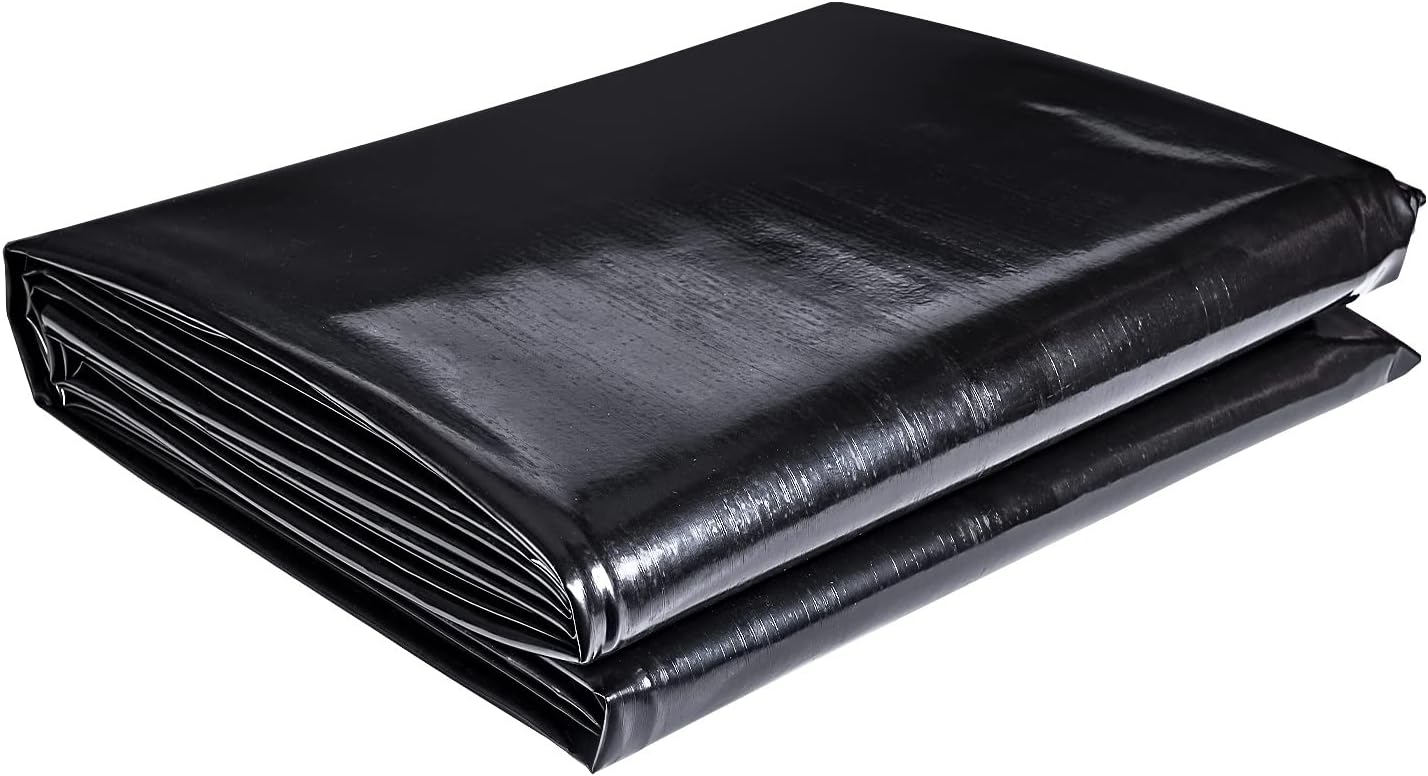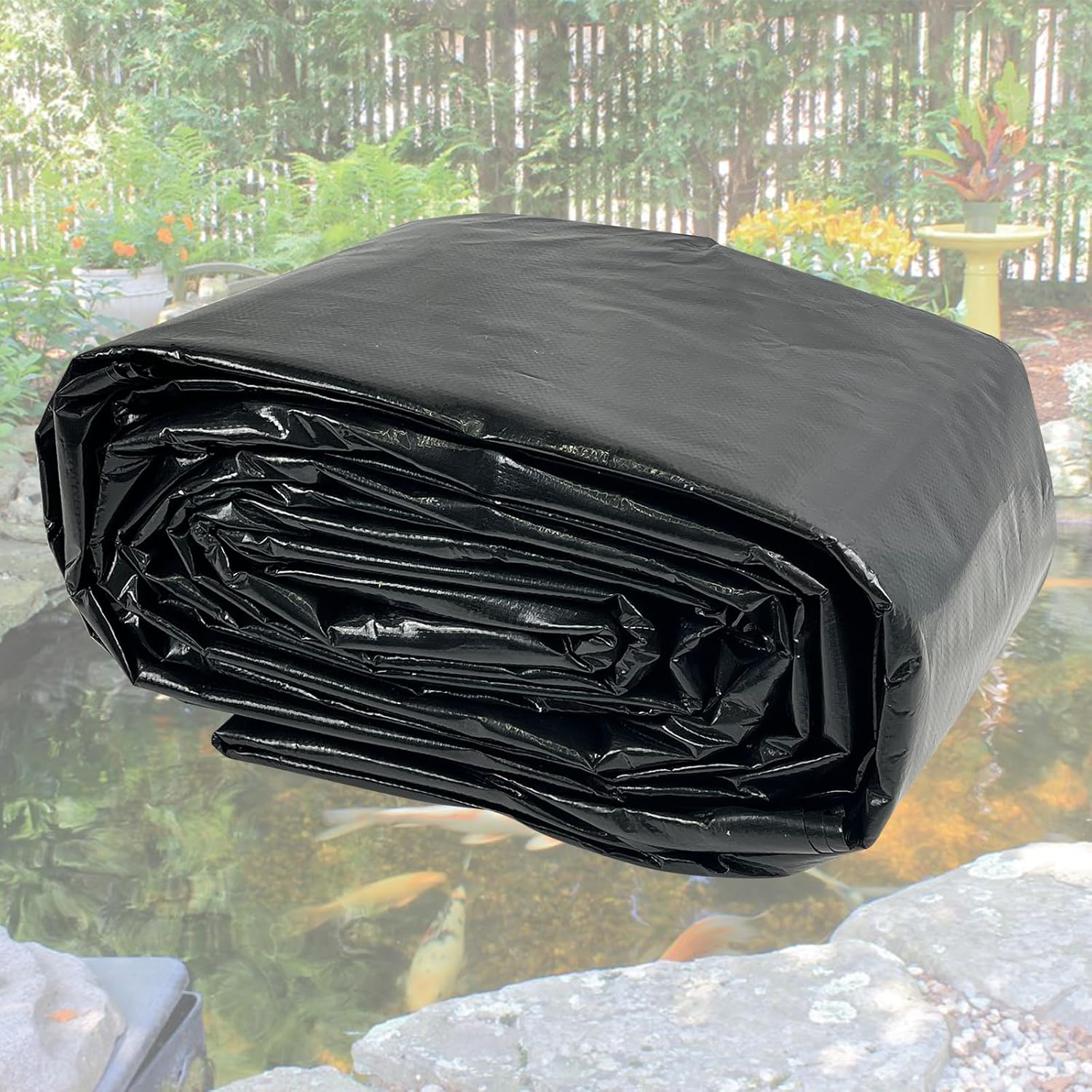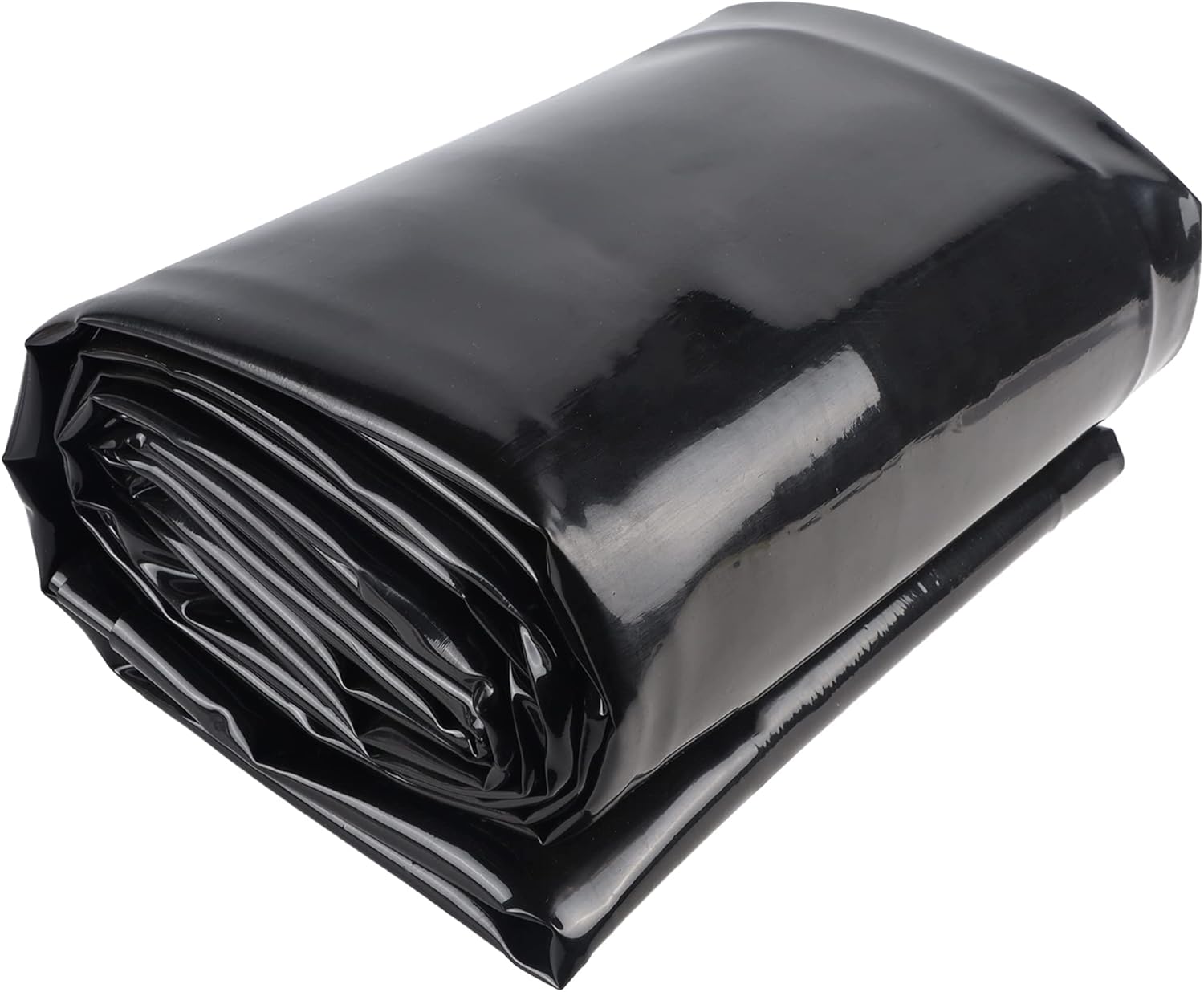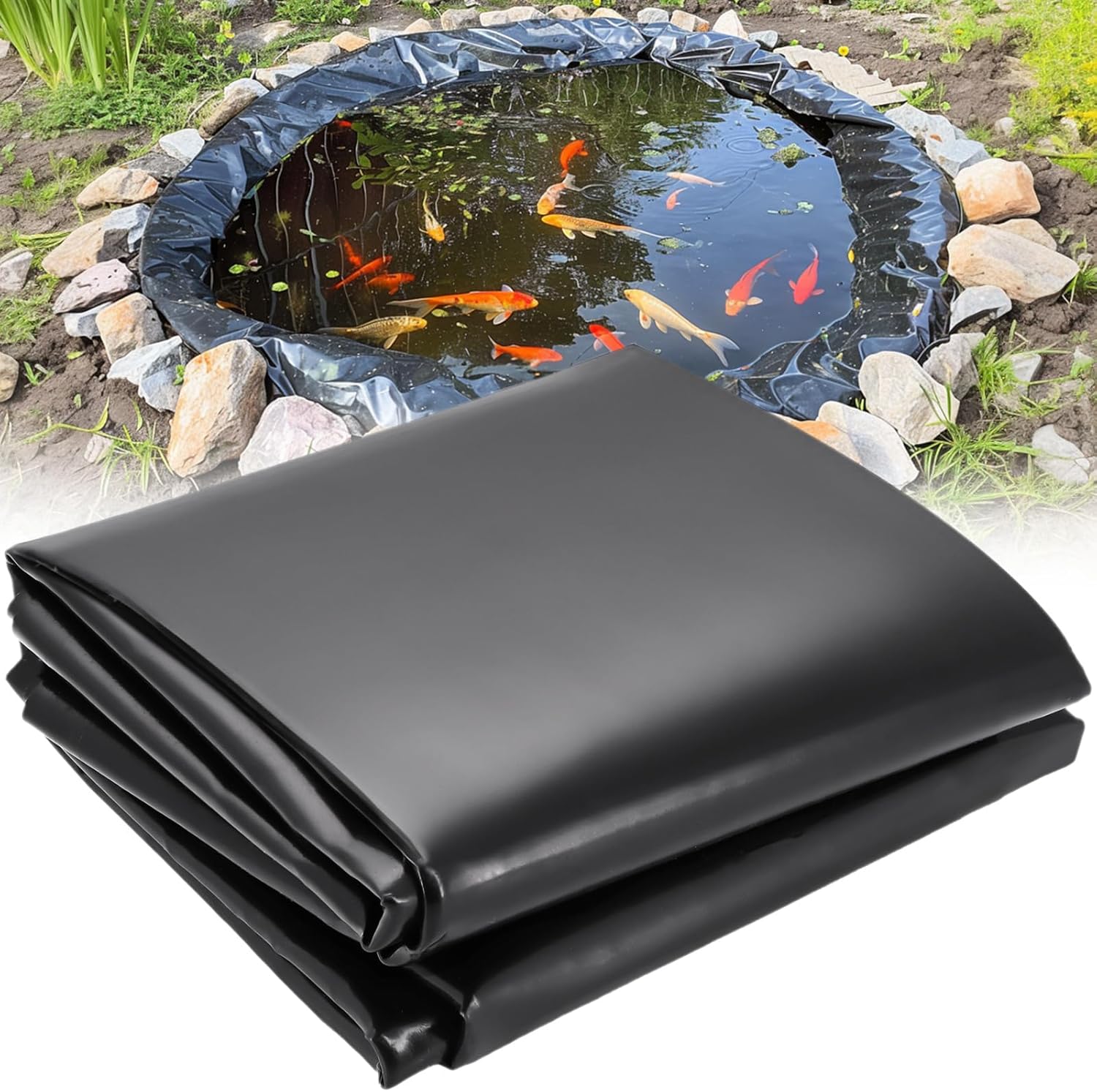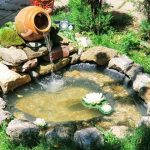Runoff ponds play a crucial role in managing stormwater and preventing flooding. Whether you’re a farmer, a landowner, or a concerned citizen, building a runoff pond can be a great way to contribute to water conservation efforts. In this comprehensive guide, we’ll walk you through the steps to build a runoff pond effectively and efficiently.
5 Best Durable Pond Liners For Outdoor Ponds, Garden Fountain, And Waterfall
Understanding Runoff Ponds
Before diving into the construction process, it’s essential to understand the purpose of a runoff pond. Runoff ponds, also known as detention ponds, are designed to collect and store stormwater runoff. By capturing excess water from heavy rainfall or snowmelt, these ponds help prevent flooding and erosion, while also allowing the water to slowly infiltrate into the ground, recharging the groundwater supply.
Additionally, runoff ponds can serve as valuable habitats for wildlife, offering a source of water and supporting diverse ecosystems. Whether you’re interested in flood control, water conservation, or ecological preservation, building a runoff pond can offer a range of benefits.
Site Selection
The first step in building a runoff pond is selecting an appropriate site. When choosing a location, consider the natural topography of the area, the flow of stormwater, and the proximity to existing structures or water bodies. Ideally, the site should be in a low-lying area where water naturally accumulates during heavy rainfall.
It’s essential to assess the soil composition and ensure that the chosen site is suitable for excavation and pond construction. Conducting a percolation test can help determine the soil’s ability to absorb water, which is crucial for the pond’s functionality. Additionally, consider any local regulations or permits required for pond construction in your area.
Design and Planning
Once you’ve identified a suitable site, it’s time to develop a comprehensive design and construction plan for the runoff pond. Consider the size and capacity of the pond based on the anticipated stormwater runoff, as well as the desired depth and shape of the pond.
Collaborating with a professional engineer or a landscape architect can provide valuable insights into the optimal design for your specific needs. The design should also incorporate safety features such as berms, spillways, and erosion control measures to ensure the pond functions effectively and minimizes potential risks.
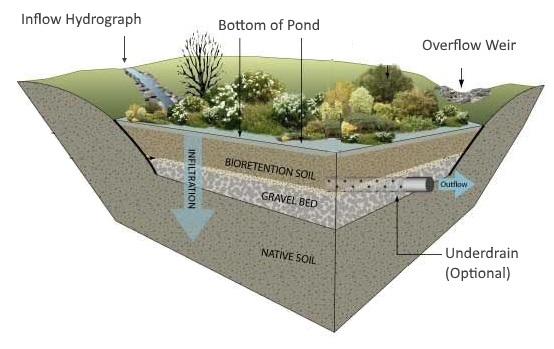
Credit: learn.hydrologystudio.com

Credit: www.youtube.com
Excavation and Construction
With the design in place, the next step is excavation and construction. Depending on the size and scope of the project, you may need to enlist the help of heavy equipment operators and construction professionals. The excavation process involves digging out the designated area for the pond, ensuring the proper depth and shape are achieved.
During construction, it’s important to consider the quality of the soil and the potential for seepage or erosion. Installing a liner or using soil amendments may be necessary to prevent water loss and maintain the integrity of the pond. Proper compaction of the soil and the construction of inlet and outlet structures are critical to the pond’s functionality.
Vegetation and Maintenance
Once the pond is constructed, the final step involves establishing vegetation around the pond and implementing a maintenance plan. Planting native grasses, shrubs, and trees around the perimeter of the pond can help stabilize the soil, reduce erosion, and enhance the visual appeal of the area.
Regular maintenance is essential to ensure the pond continues to effectively manage stormwater runoff. This includes periodic inspections of the pond’s condition, clearing any debris or sediment buildup, and monitoring the functionality of inlet and outlet structures. Additionally, maintaining a healthy vegetative cover around the pond can contribute to its long-term sustainability.
Conclusion
Building a runoff pond requires careful planning, design, and construction to create an effective stormwater management solution. By understanding the purpose of runoff ponds, selecting a suitable site, and following best practices for design and maintenance, you can contribute to water conservation efforts and minimize the impact of stormwater runoff on the environment.
Whether you’re a homeowner looking to manage excess water on your property or a community member interested in sustainable water management, building a runoff pond can be a rewarding endeavor with long-lasting benefits for the environment and future generations.
Remember, proper planning and execution are crucial for the success of your runoff pond project. With the right approach and a commitment to sustainability, you can make a positive impact on water conservation and environmental stewardship through the construction of a runoff pond.



